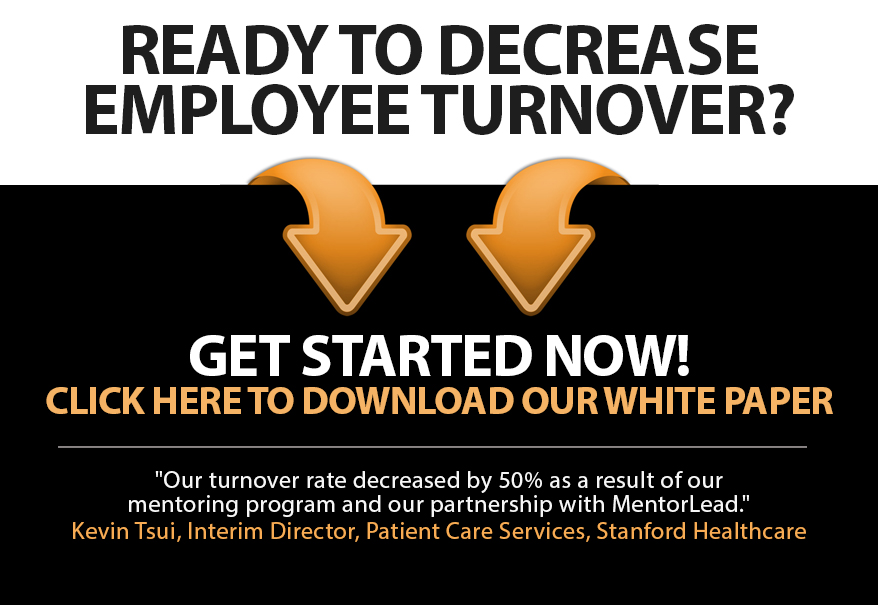
[Flash] Burn the Ships! How Committed Are You?
My friends Connie and Mike are getting married in June (and I’m officiating the wedding!)
It’s a second marriage for both of them, and at our holiday gathering they declared, “We are burning the ships!”
”Burn the ships” is based on the legend of Hernán Cortés, an ambitious Spanish conquistador who arrived in Veracruz in 1519 determined to bring down the mighty Aztecs. He ordered his men to burn all of his ships, signaling his commitment to succeed or die trying – there would be no turning back! Two years later they successfully conquered the Aztec Empire.
It is the pinnacle of commitment when we “burn the ships!”
Like Cortes, my friends have signaled that quitting is not an option. They are determined to create a successful marriage or die trying.
We “burn the ships” when we elevate our commitment by removing any reliance on excuses or exit strategies.
It doesn’t mean we can’t change or improve a course of action, but when we are truly committed, giving up is not an option.
If you’re having a hard time committing to something, perhaps you still have “ships in the harbor” – an excuse, a rationalization, a justification.
But what makes it so hard to “burn the ships”?
• Fear of failure, judgment, criticism
• Perceived obligation or expectation
• Comfort
• Addiction
Naturally we cling to safety nets until we are no longer afraid. But this then leaves us half-committed, even paralyzed from taking action.
The question is… can we really be fully committed to success if there is always an out?
What ships are sitting in your harbor? What excuses do you need to let go of so you can move forward powerfully this year? Can you create a “burn the ships!” declaration like Connie and Mike?
Now I need to work this into their ceremony…








